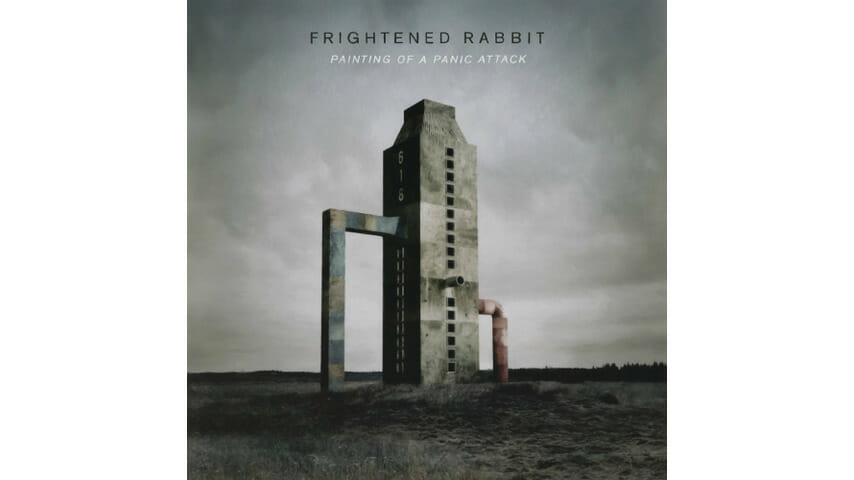Frightened Rabbit: Painting of a Panic Attack

Midway through last year, London-based music publication The Line of Best Fit ran an illuminating piece about the recording process for Frightened Rabbit’s then untitled new album. In the article, lead singer Scott Hutchison mentioned a shift in sound. When pressed upon what he meant, Hutchison replied, “There are more electronics definitely. For example, in the drums we were working with software and MIDI a lot more, and that’s coming through. We’ve not ditched what we’d done before entirely, but it’s an important progression. Having existed in indie rock for our whole career, it was time to step out a bit—not leave it behind though.”
The title of that article? “Frightened Rabbit on new album: ‘No one knew what the fuck was going to happen.’”
At that point, Hutchison had just wrapped up a small tour supporting his criminally underrated solo record under the moniker Owl John. In almost every interview he gave surrounding that album’s release, Hutchison talked about his exhaustion at the tail end of the extremely long tour supporting Frightened Rabbit’s fourth effort, Pedestrian Verse.
With all of these factors in mind—frayed internal relationships within the band, general fatigue and a successful solo album—one would think that the writing would be on the wall for this record. But the end result is the exact opposite; Painting of a Panic Attack is a triumph for a veteran band and represents one of their best efforts to date.
-

-

-

-

-

-

-

-

-

-

-

-

-

-

-

-

-

-

-

-

-

-

-

-

-

-

-

-

-

-

-

-

-

-

-

-

-

-

-

-








































